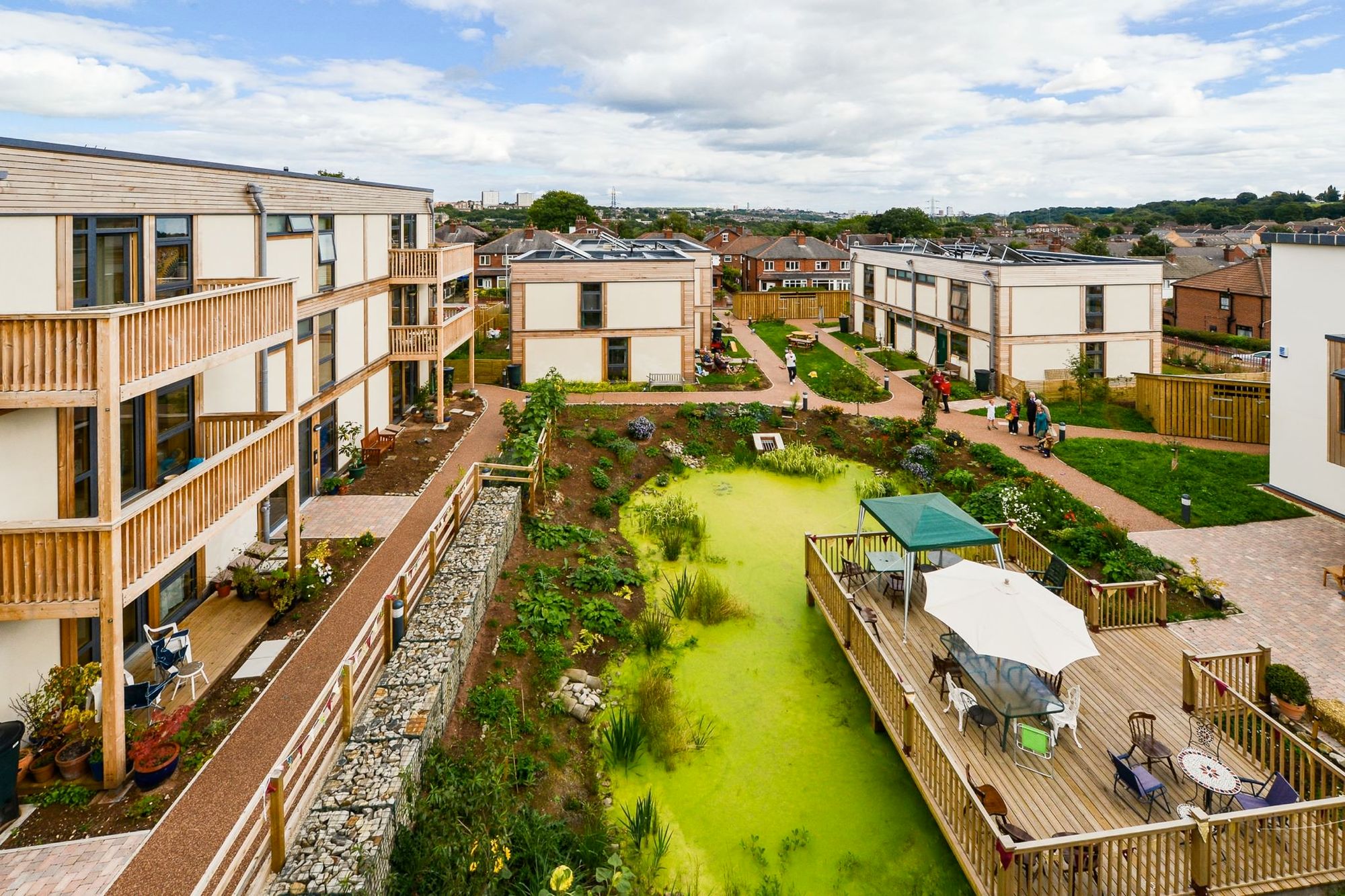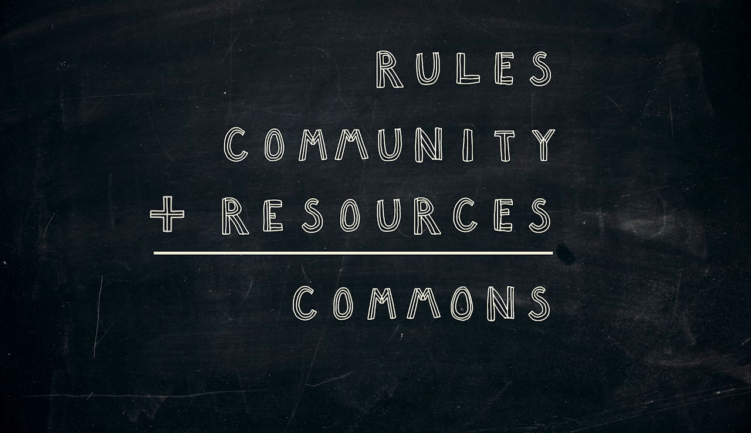Create Commons

The urgent need to transform land, money and media systems compel us to create land and information commons.
Without access to land human life is not possible. We need community land trusts.
(and housing co-ops, food co-ops, community energy co-ops etc etc etc. And land reform).
Money and media systems are largely information systems. We need open source money and media.
(well, open everything really; open source software, open hardware designs, open data, creative commons media etc etc etc. And monetary reform, and media reform).
What is a commons?

As David Bollier brilliantly explains in his must-read book Think Like a Commoner a “commons” is:
“a resource + a community + a set of social protocols” p15
“commons = resources + community + the rules and norms for managing them” p141
“a commons arises whenever a given community decides it wishes to manage a resource in a collective manner, with special regard to equitable access, use and sustainability.” p175
Also highly recommend is the excellent Commons Transition Primer.
Community Land Trusts
CLTs are a proven model of communities coming together to democratically own and control land in order to provide homes (and other community assets) that remain genuinely affordable long-term.
CLTs often have a multi-stakeholder board made up of e.g. one third elected by who live or work on the land held in trust, one third elected by people from surrounding local community, and one third elected by any other stakeholders (e.g. often local authority etc).
In England the legal concept of a Community Land Trust is defined in law.
A Community Land Trust is a corporate body which:
- is established for the express purpose of furthering the social, economic and environmental interests of a local community by acquiring and managing land and other assets in order –
- to provide benefit to the local community
- to ensure that the assets are not sold or developed except in a manner which the trust’s members think benefits the local community
- is established under arrangements which are expressly designed to ensure that:
- any profits from its activities will be used to benefit the local community (otherwise than by being paid directly to members)
- individuals who live or work in the specified area have the opportunity to become members of the trust (whether or not others can also become members)
- the members of a trust control it.
United Diversity help start the Rural Urban Synthesis Society CLT in Lewisham, London, and very we’re happy to see a growing network Community Land Trusts projects all over the UK.
We note that Bollier’s definitions of commons correlate pretty nicely with the “ownership (of land and building), organization (of a community), and operation(al – rules)” of CLTs as described in this video series about the history of CLTs in the US.
Other great videos about CLTS include Home and Hands – Community Land Trust in Action and Coming Home – E.F. Schumacher and the Reinvention of the Local Economy.
8 Principles for Managing a Commons
Elinor Ostrom taught that democratic control is not only possible, it’s normal and developed a useful set of 8 Principles for Managing a Commons:
- Define clear group boundaries.
- Match rules governing use of common goods to local needs and conditions.
- Ensure that those affected by the rules can participate in modifying the rules.
- Make sure the rule-making rights of community members are respected by outside authorities.
- Develop a system, carried out by community members, for monitoring members’ behavior.
- Use graduated sanctions for rule violators.
- Provide accessible, low-cost means for dispute resolution.
- Build responsibility for governing the common resource in nested tiers from the lowest level up to the entire interconnected system.
These overlap quite nicely with the practical values and principles of co-operatives.